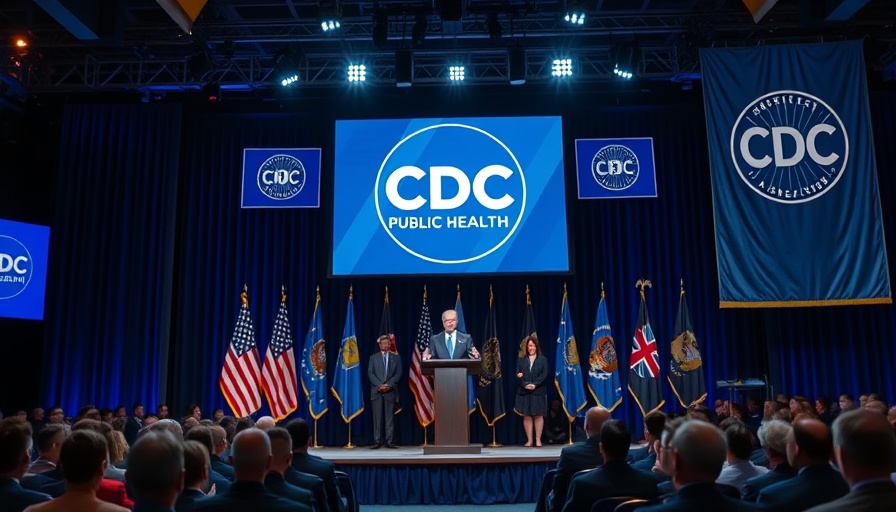
The Hidden Dangers for Firefighters
Every day, firefighters selflessly run toward danger, exposing themselves to the immediate risks associated with flames and smoke. However, beyond the initial hazards, there are lingering threats that continue long after the sirens fade. One of the most alarming issues faced by firefighters is the increased risk of cancer due to exposure to toxic chemicals found in firefighting materials. These chemicals can find their way into the very homes and lives of those who serve, creating a serious and often overlooked health crisis.
In ¿Qué es el Registro Nacional de Bomberos para el Cáncer?, the discussion dives into the crucial connection between firefighting and cancer risks, exploring key insights that sparked deeper analysis on our end.
Understanding the National Firefighter Cancer Registry
The National Firefighter Cancer Registry, overseen by the National Institute for Occupational Safety and Health (NIOSH), aims to collect essential data that can illuminate the connection between firefighting and cancer risk. This initiative seeks to gather information from all firefighters—whether paid or volunteer, active or retired, with or without cancer. The larger the database, the stronger the evidence we can gather and analyze to help combat these health risks.
Why Participation Matters
Every entry into the registry adds to a growing understanding of how firefighting affects health. Increased participation will not only enhance the data quality but also support future research aimed at reducing exposure and identifying specific risks. Firefighters' willingness to share their experiences can significantly impact how the profession addresses cancer risk.
Emphasizing Community Support
Savvy healthcare professionals can play a significant role in encouraging firefighters to participate in this crucial registry. Beyond understanding the risks, they can advocate for preventive measures, screenings, and educational programs that highlight the dangers of chemical exposure in firefighting. Community health initiatives can greatly benefit from collaborations with local fire departments to address these concerns proactively.
Creating Policy for Protection
Supporting firefighters goes beyond mere acknowledgment; it requires actionable policies that protect them from the invisible dangers of their occupation. Firefighting gear and protocols should adapt to new discoveries about hazardous materials. Furthermore, educating all levels of fire service leadership about the risks associated will empower them to implement appropriate protective measures to safeguard their teams.
It is essential to prioritize mental health and physical wellbeing among firefighters by creating a culture that reinforces that asking for help and seeking prevention is not a weakness but a strength. Encouraging open discussions about health risks can lead to better support systems for those on the frontlines.
Future Insights for Healthcare Professionals
The data gleaned from the National Firefighter Cancer Registry is not only vital to improving firefighters' health but also serves as an important case study for other risk professions. By analyzing patterns and outcomes from this unique dataset, healthcare professionals can develop better prevention strategies across various high-risk careers.
As the healthcare community continues to confront public health challenges, the stories and experiences of firefighters can offer invaluable insights into occupational health and safety. The lessons derived can shape future practices, technology, and policies, ultimately leading to healthier work environments for all.
If we are to honor the courage firefighters exhibit daily, we must equally invest in their health and wellbeing. Encouraging participation in the National Firefighter Cancer Registry is a step towards ensuring that today’s heroes will be here tomorrow, both physically and mentally.
 Add Row
Add Row  Add
Add 




Write A Comment